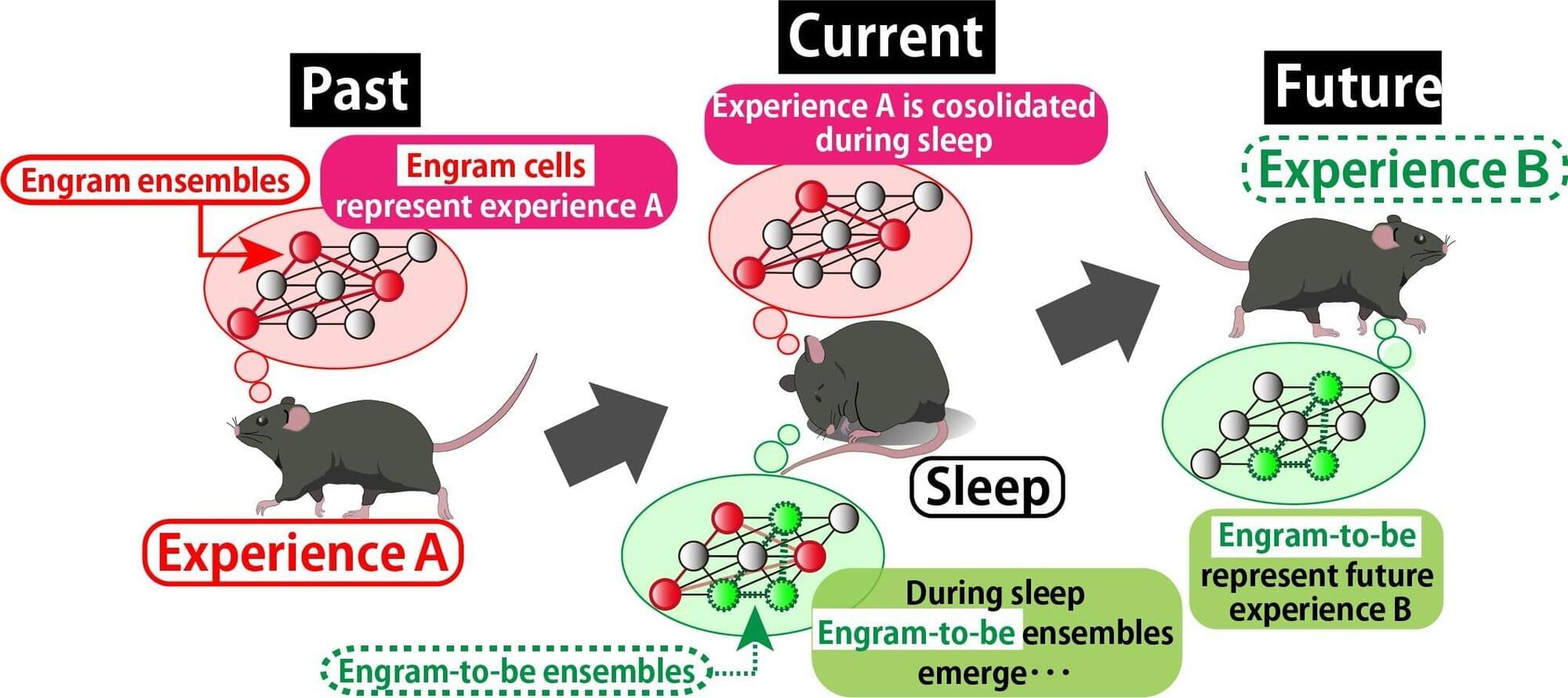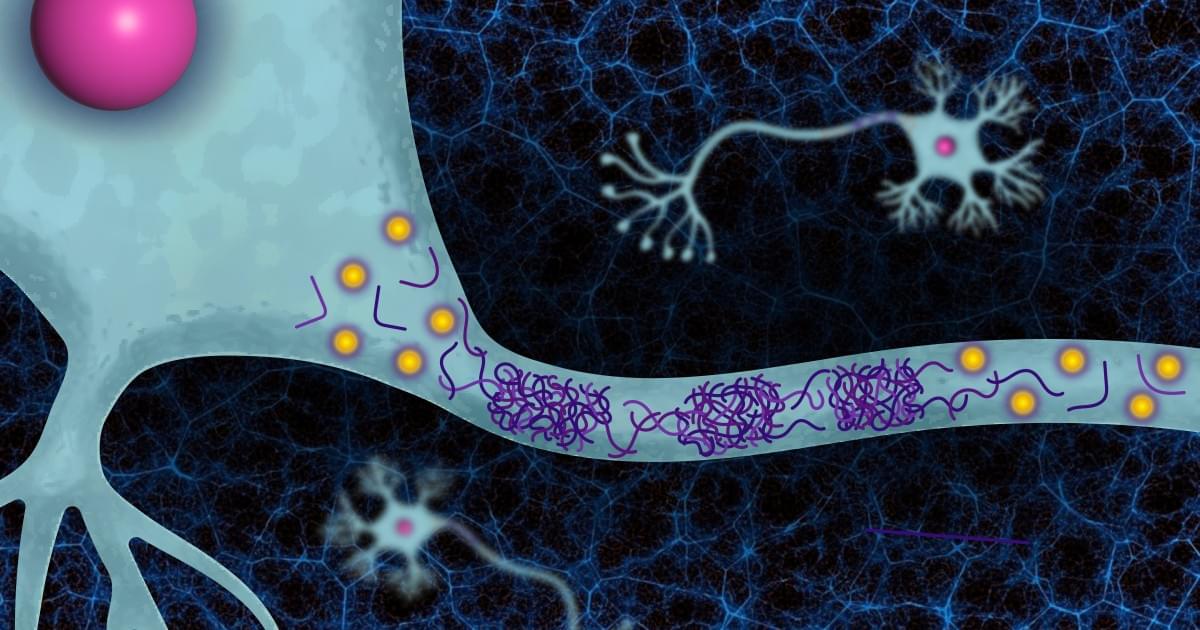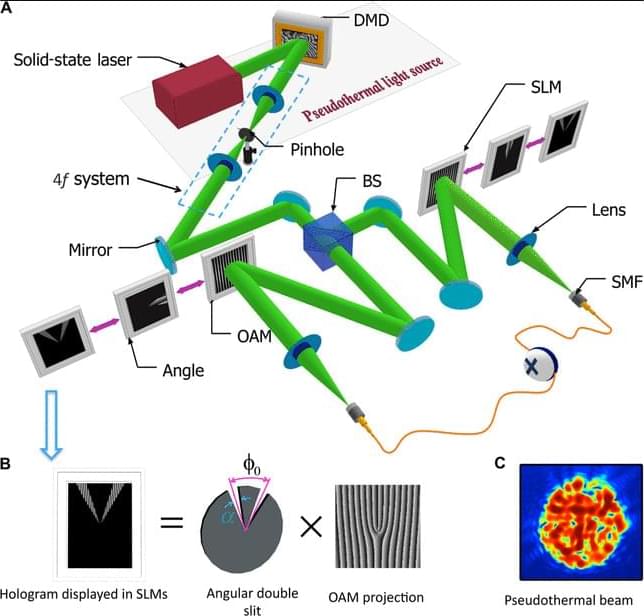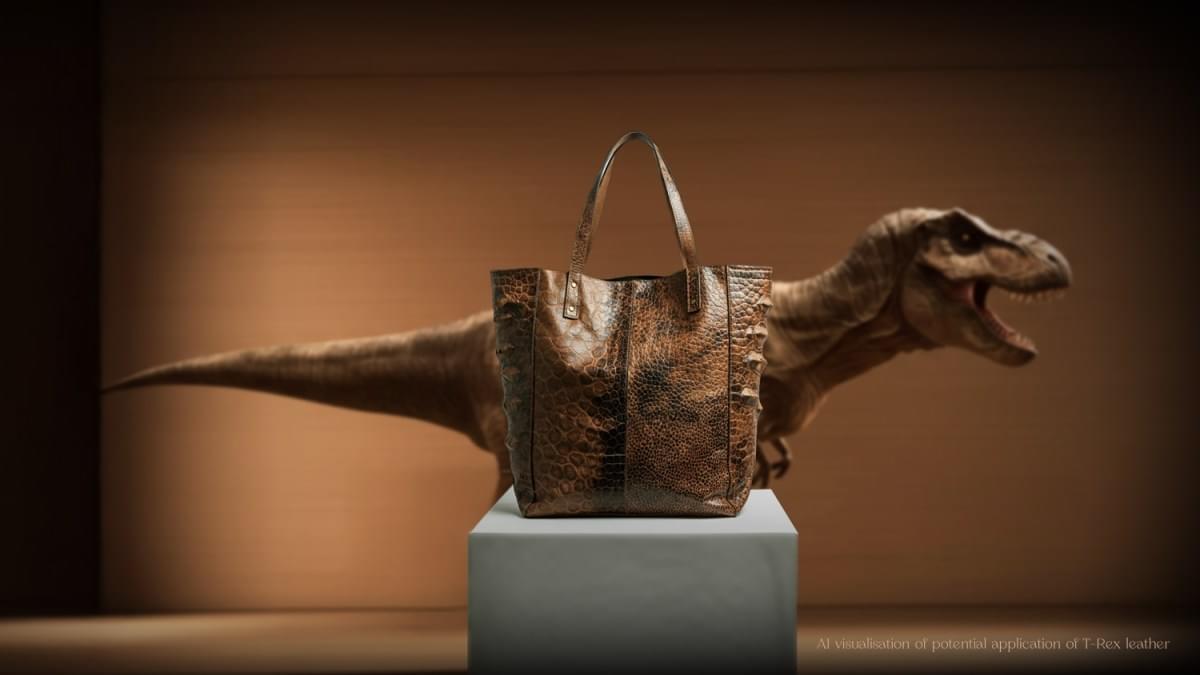Now featuring a vertical solo mode.
Category: futurism – Page 75

Sleep’s dual role: How it consolidates memories while preparing the brain for new learning
Memory formation, storage, and retrieval are fundamental processes that define who we are and how we interact with the world. At the cellular level, these processes rely on specialized neurons called engram cells—neuronal populations that physically encode our experiences and allow us to recall them later. Over the past few decades, scientists have made significant progress in identifying these neuronal ensembles and understanding some aspects of memory allocation.
Although sleep is widely known to be essential for memory processing and consolidation, many of its underlying mechanisms and functions are unclear. Traditional views have largely focused on sleep as a backward-looking process that serves to strengthen past experiences, but could it simultaneously help prepare the brain for new learning?
In a recent effort to tackle this question, a research team from Japan, led by Distinguished Professor Kaoru Inokuchi from the University of Toyama, uncovered a dual role for sleep in memory processing. Their paper, which will be published in Nature Communications on April 28, 2025, explores how the brain simultaneously preserves past memories while preparing for future ones during sleep periods.



Compact catenane with tunable mechanical chirality created from achiral rings
Catenanes are organic compounds with ring-like molecules that are mechanically interlocked. The mechanical locking system in such molecules is so robust that they can only be disentangled via covalent bond cleavage. A recent study has presented a new strategy for controlling the chirality—the property where a molecule has non-superimposable mirror images—of mechanically interlocked molecules (MIMs) like catenanes, without changing its overall shape via non-covalent means.
The researchers successfully demonstrated the synthesis of a compact catenane, BPHC4+ with tunable mechanical chirality, as reported in Nature Synthesis.
Unlike traditional chirality that originates from covalent bonds forming asymmetric centers, in MIMs the chirality can arise from the way parts of the molecule are mechanically linked and not the chirality of the individual rings that are interlocked together. This is known as mechanical chirality.

Noto quake 3D model adds dimension to understand earthquake dynamics
On New Year’s Day 2024, a massive 7.5-magnitude earthquake struck the Noto Peninsula in north central Japan, resulting in extensive damage in the region caused by uplift, when the land rises due to shifting tectonic plates. The observed uplift, however, varied significantly, with some areas experiencing as much as a 5-meter rise in the ground surface.
To better understand how the characteristics of the affected fault lines impact earthquake dynamics, researchers in Japan used recently developed simulations to make a detailed model of the fault. The findings could help develop models to simulate scenarios of different earthquakes and mitigate disasters in the future.
The results were published in the journal Earth, Planets and Space.
Volonaut Airbike — Teaser — Your Flying Bike from the Future
We are ready to unveil the world’s first real-world speeder bike.
Stay tuned for the official launch video soon.
Subscribe and check out new videos.
#speederbike #hoverbike #starwars #jetpack #ironman #futuretech #flying #airbike #teaser.
https://twitter.com/Volonaut.
https://www.tiktok.com/@volonaut.
https://www.facebook.com/volonaut.
https://www.instagram.com/volonaut.
https://www.linkedin.com/company/volonaut/


Scientists observe how blobs form crystals and discover a new crystal type
Crystals—from sugar and table salt to snowflakes and diamonds—don’t always grow in a straightforward way. New York University researchers have captured this journey from amorphous blob to orderly structures in a new study published in Nature Communications.
In exploring how crystals form, the researchers also came across an unusual, rod-shaped crystal that hadn’t been identified before, naming it “Zangenite” for the NYU graduate student who discovered it.
